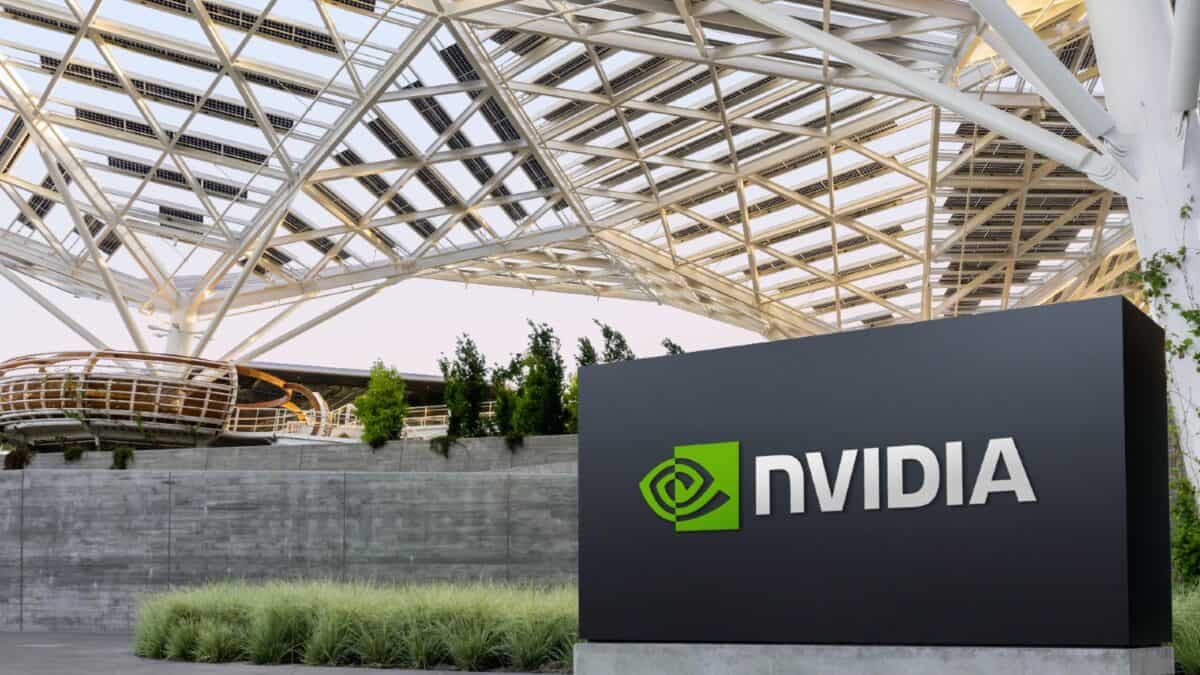Over the past year, the FTSE 100 is up 7.6%. Yet because this is an index made up of lots of individual companies, not every share has performed the same. Here’s one FTSE 100 stock that has gained almost 17% over the same time period, easily double the benchmark return.
Benefitting from disinflation
The stock I’m referring to is Tesco (LSE:TSCO). The UK supermarket giant has performed well over the past year for a few different reasons.
Easing grocery inflation has been a big factor in helping the share price to rally. If we rewind to Q4 2022, inflation was above 10%, with the prices of even basic goods like eggs and milk rising. This put pressure on Tesco as profit margins (that were already slim) were squeezed even further.
The opposite is now happening as inflation is being brought back under control. Evidence of this can be seen from the 2023 results (where inflation fell during the entire year). Total group sales jumped by 7.2% versus the prior year.
Given my outlook that inflation should get back to around 2% by the end of this year, it should act as a further benefit for the business going forward.
A hold over the market
Another factor that has helped the stock beat the FTSE 100 has been continued growth of market share. It’s always tough when you’re the biggest in the market to then actively grow market share further.
Yet Tesco has managed to do this over the past year. It managed to increase UK share by 0.53% and volume by 0.26%. These might sound like small figures, but it accounts for millions of pounds of revenue.
By even maintaining this level of dominance over competitors in the next year, I’d expect profits to be strong. This should support the share price further.
The risk is that it’s hard to stay at the summit for any period of time. Should Tesco lose out to rivals going forward, investors could quickly get concerned. With the UK market so competitive and price sensitive, it wouldn’t take much for this to happen.
Limited scope to outperform further
The outperformance has meant that Tesco shares aren’t exactly undervalued anymore. The price-to-earnings ratio is 12.92. I use a benchmark figure of 10 to assign a fair value. With that in mind, there’s not a huge case to be made for snapping up the stock from that angle.
For investors that have ridden the wave over the past year, I don’t think they need to be concerned. I’d expect the share price to continue to move higher going forward. However, I struggle to see it outperforming the FTSE 100, based on limited growth potential in market share. Therefore, I think I can find more attractive investment opportunities elsewhere.
Credit: Source link


![Just released: February’s lower-risk, high-yield stock recommendation [PREMIUM PICKS]](https://www.fool.co.uk/wp-content/uploads/2023/05/Ice-1200x675.jpg)











